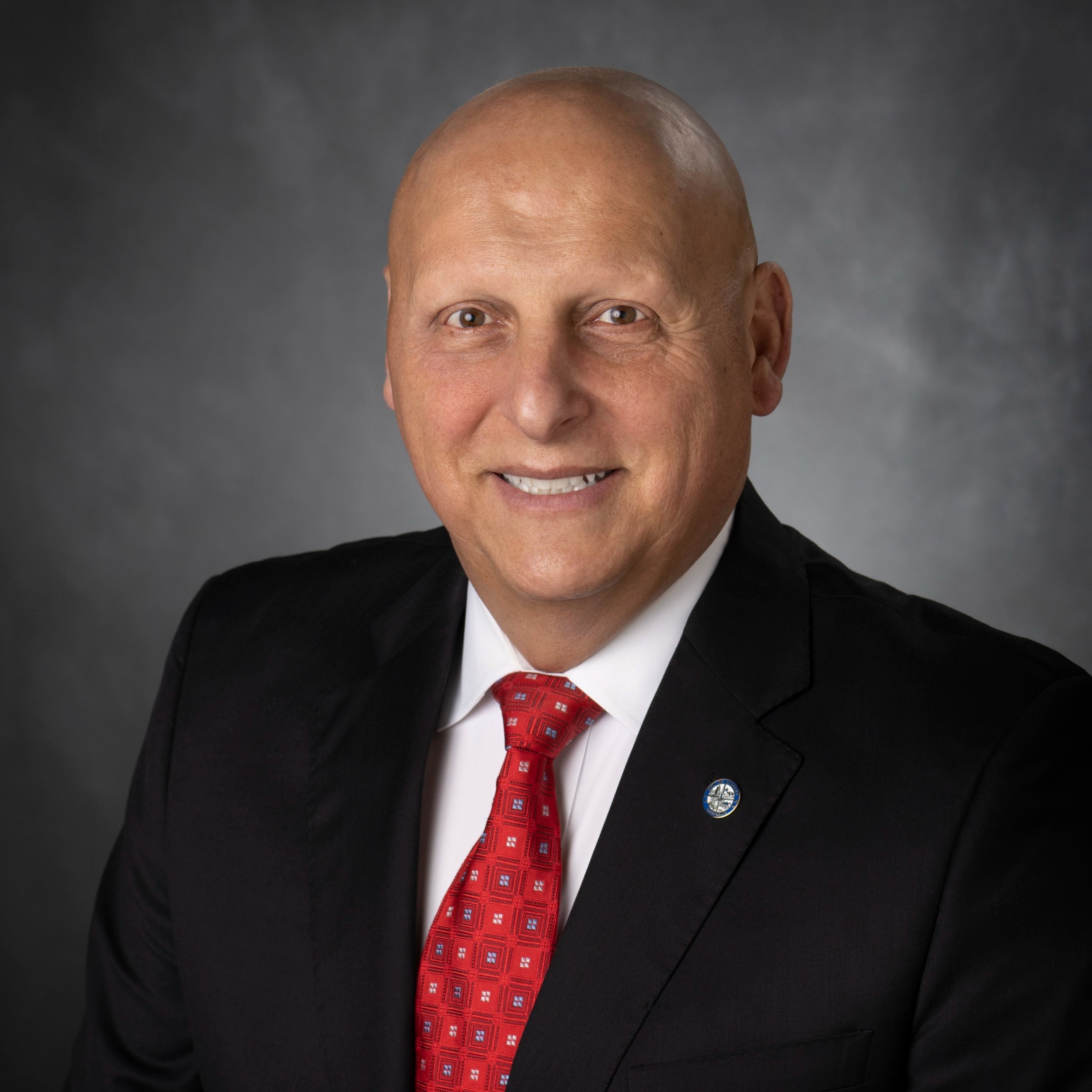ASK THE CANDIDATES
RESPONSES
Question 6 of 6:
At the January 2022 Historic Preservation Commission, Bradley Calvert, speaking as the Assistant Director of Community Development, attacked preservationists who “obstruct” certain projects and “weaponize” legal protections for historic resources, claiming they enable the continuation of Glendale’s history of racist policies. In a subsequent letter to TGHS, Director of Community Development Phil Lanzafame voiced full support for these remarks.
You can review Bradley’s comments at the 2:53:08 mark in the following recorded HPC meeting that occurred on January 20th, 2022. You can also hear Cathy Jurca’s reply at the 3:23:50 mark in the meeting. If you can't follow the link at the graphic above, please try here: https://www.youtube.com/watch?v=mMjsgebtENk
Please reflect on this accusation. Do you—and should Glendale—endorse Mr. Calvert’s position that any objection to the size, massing, and scale of a project that brings housing to Glendale carries forward Glendale’s legacy of racism? How do you propose Glendale might concretely address its history of racism against Black people through new development?
Vrej Agajanian
No Response.
Elen Asatryan
I believe this question is worded unfairly. Mr. Calvert doesn’t state that ANY objections to size, massing and scale of a project carries forward Glendale’s legacy of racism. I do believe that not all objections are the same. As I mentioned in my previous response, these projects have a lasting impact on our neighborhoods and deserve adequate attention to ensure that they provide benefits that are greater than just providing housing.
I do also recognize that many legal regulations were historically put in place in cities throughout the United States to keep Black and other minorities out of communities. We’ve also seen similar efforts toward the Armenian-American community as the community began to grow in Glendale. As a result of this dark history in our country and in Glendale, we have to be mindful of how we balance the need for housing with reasonable regulations on development in a way that does not preclude development from happening, but that results in quality and affordable housing being built that is complementary to existing uses, incorporates green spaces, sustainability and makes ours streets safe and walkable.
Dan Brotman
First, let me state for the record that public participation in project review is not obstruction and should never be perceived as such. Public comment is an essential part of the CEQA process. It should be encouraged, particularly by elected officials and staff.
Glendale clearly has a legacy of racism and racist exclusion. There is good evidence that our zoning was consciously designed to prevent the settlement of Black and Brown people to Glendale. We know there were other tools used, such as redlining, property covenants, and “Sundown Town” practices, to keep the City racially segregated.
But we are what we are today. Tearing down, or failing to recognize, historic resources is not the way to redress the past. Rather, we should focus on policies to support more housing production—affordable, missing middle and market rate. We should focus on creating ownership opportunities for lower income and/or BIPOC, through projects like the Doran Gardens or our Habitat for Humanity developments, support for tenant co-ops to collectively finance the purchase of existing multi-family housing, first time homebuyer assistance, and other means. And we should identify ways to specifically attract more Black residents to Glendale, through staff recruitment efforts or by partnering with community support organizations like Black in Glendale. The fact that our Black population is so small today is not just the reflection of a shameful legacy. More importantly, it harms our community by depriving us of an important element of cultural diversity.
Anita Quinonez Gabrielian
No, we should not endorse Mr Calvert’s position.
I firmly believe that we should meet our new housing development mandates for all residents of Glendale by developing compatible housing near public transit. This will help get people out of their cars and encourage more use of public transportation. I believe that we should adapt office buildings that are empty or under-utilized, such as the Sears building and creatively utilize the empty parking space to build underground parking, create a park over it and build a multi-story apartment building to provide housing surrounded by park and open space.
I believe that the California Fair Housing Act is the law of the State and it should be fully enforced in Glendale.
Jordan Henry
The position that Ms. Jurca made was clear and justified: because the parking structure was obviously designed in response to the architectural features of the Chase Bank, an EIR should be completed on the proposed project. At that point, further assessment and recommendations can be made by the commission on this particular development.
Glendale has formally apologized for having been a sundown town. While there are lingering effects of past racism, city council should be cautious in prioritizing any one racial groups’ goals or interests over another, especially when it comes to development. Council should also be careful as to conflating responsibility for past wrongs to buildings themselves. If this mode of thinking could be applied to a building, what else could it be applied to as justification for more development?
Going through the EIR process is par for the course in this situation, and attempting to skirt that responsibility shows the city is more interested in expediency than even adhering to its own policies on historic districts. On council, I will challenge city staff if they choose to leverage systemic racism of the past to accomplish profitable goals of today.
Karen Kwak
First, I appreciated the statement made by TGHS on Sept. 15, 2020, regarding historical racism in Glendale, before the City Council passed the Sundown Town Resolution. TGHS is well positioned to help Glendale move beyond symbolic statements and take the next steps to correct its racist past, particularly because the Sundown Town Resolution focused on the intersection of racism and housing.
I am a member of the Steering Committee of the Coalition for an Anti-Racist Glendale, and I am probably the only person who will say this: Mr. Bradley Calvert’s comments from Jan 2022 may be a response to comments that Ms. Tara Peterson and I made to the City’s Housing Element draft released to the public in November 2021.
I am very comfortable discussing racism at length and am happy to use my skills to advance the discussion of racism here in Glendale. I can only wish that this city spent as much time discussing racism as it devotes to discussing the minute design details of private houses. The less time we spend discussing racism, as a city, the more we revert to the default of maintaining the racist status quo, and this tends to benefit the people who already enjoy a good deal of privilege.
I have a number of specific policy proposals to address the City’s historically racist housing practices. They include a new model of affordable housing in the form of tenant-led limited equity co-ops, which would allow renters to buy the buildings they live in and build equity.
Ara Najarian
As this question relates to comments by one or more city staff during specific moments in a commission hearing, I choose not to address the situation at this point or be drawn into an issue that could be the subject of a human resources or civil service inquiry.
Isabel Valencia-Tevanyan
I do not endorse Mr. Calvert’s position on the matter that objecting to certain projects based on preservation concerns regarding historic districts and their origins. I limit myself to the following: When we look to the past, we live in the past. That is why we are not enjoying the present. As a result, we cannot visualize the future. We need to address new development for the people of Glendale, no distinctions among them, because we all live together in this city and we all love Glendale.







